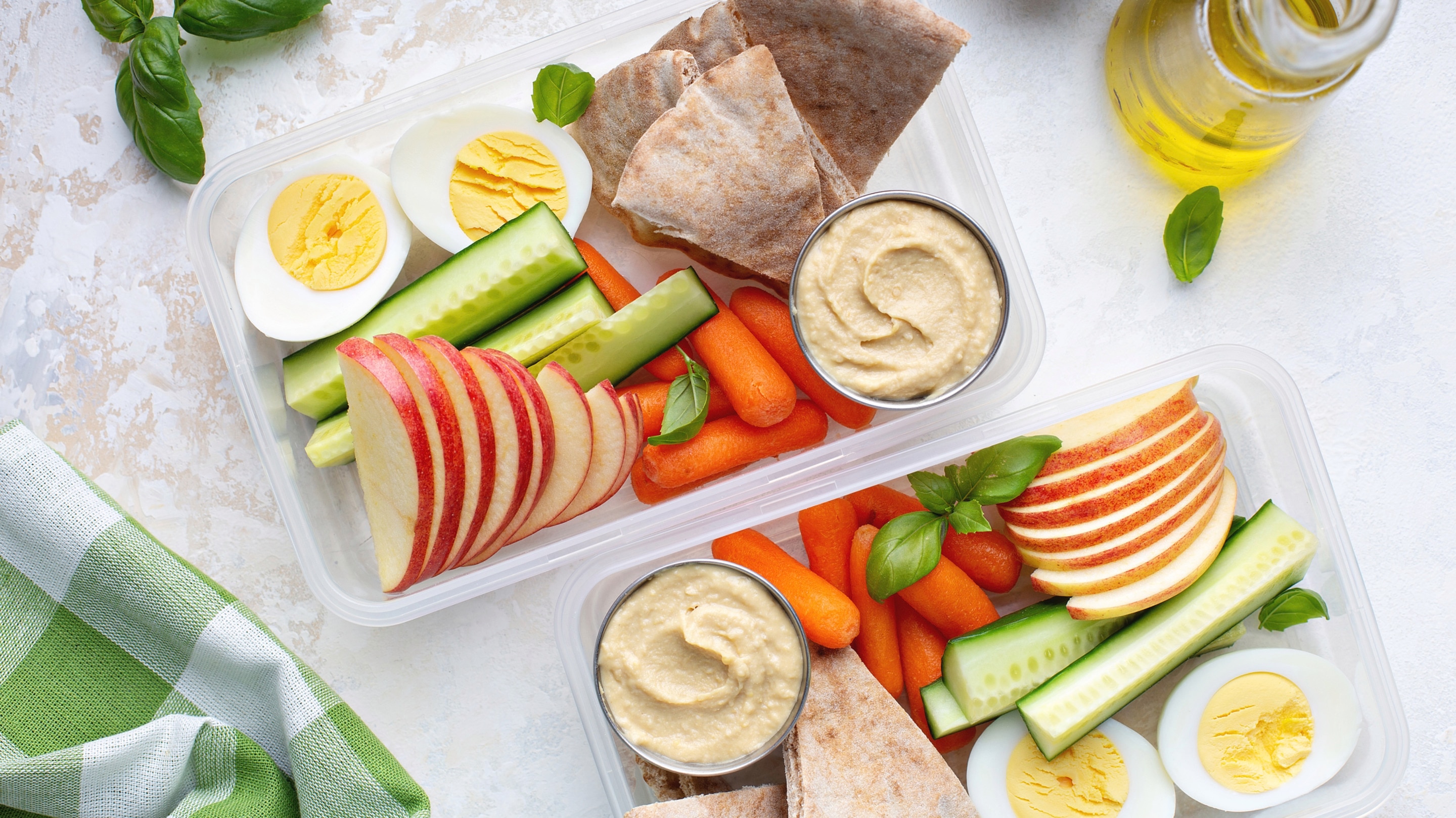Skip to:
How To Eat For A Better Climate
The global food system is responsible for about a quarter of the planet’s warming greenhouse gases. Contributing factors include the raising and harvesting of all the plants, animals and animal products, as well as the processing, packaging and shipping of food to markets all across the world. If you eat food, you’re a part of this system.
The good news? Small changes to your daily diet could help alleviate the effects of climate change. Below we’ve compiled three simple planet-friendly eating practices for a healthier you, and a healthier planet!
1. Adopt A More Plant-Based Diet
Beef and lamb have the biggest climate footprint per gram of protein. One recent study by the United Nations Food and Agriculture Organisation concluded that, on average, it takes about 3 kilograms of grain to raise 1 kilogram of meat. And in general, it takes more land, energy and water to produce a kilogram of animal protein than it does to produce a kilogram of plant protein.
Swapping meat for beans and pulses is a great, environmentally friendly way to reduce meat consumption. When farmers plant whole foods like beans and lentils, this actually fertilises the soil and reduces the need for harmful fertilisers and pesticides, which is better for the planet. Pulses are also a great source of fibre and protein. Other simple ways to reduce meat consumption are to dedicate one day a week to eating vegetarian meals, or to adopt a flexitarian diet, or try meatless breakfasts.
However, you don’t have to give up meat altogether to make a difference. Even smaller shifts, such as eating less meat and more plants, or switching from beef to chicken, can help reduce your footprint.
Try out our easy plant-based recipes.
2. Eat Locally Sourced Whole Foods
On average, processed foods require more intensive harvesting and transportation than unprocessed whole foods. Any time you’re eating foods that aren't packaged or processed, you’re reducing your carbon footprint. Simple ways to eat more whole foods? Consider shopping at farmers’ markets, or at supermarkets that carry local produce. Also, try new recipes using seasonal ingredients.
Try looking out for Future 50 Foods ingredients to get started.
3. Reduce Food Waste
In South Africa, 10 million tonnes of food goes to waste every year, meaning that all the energy it took to produce that food was wasted. One simple way to help cut your food-related carbon emissions is to waste less. Buying what you need and actually eating it - instead of tossing it out - means that the energy used to produce the food has been spent efficiently.
Ready to cook up earth-friendly recipes? Discover Planet-Friendly Knorr Recipes








